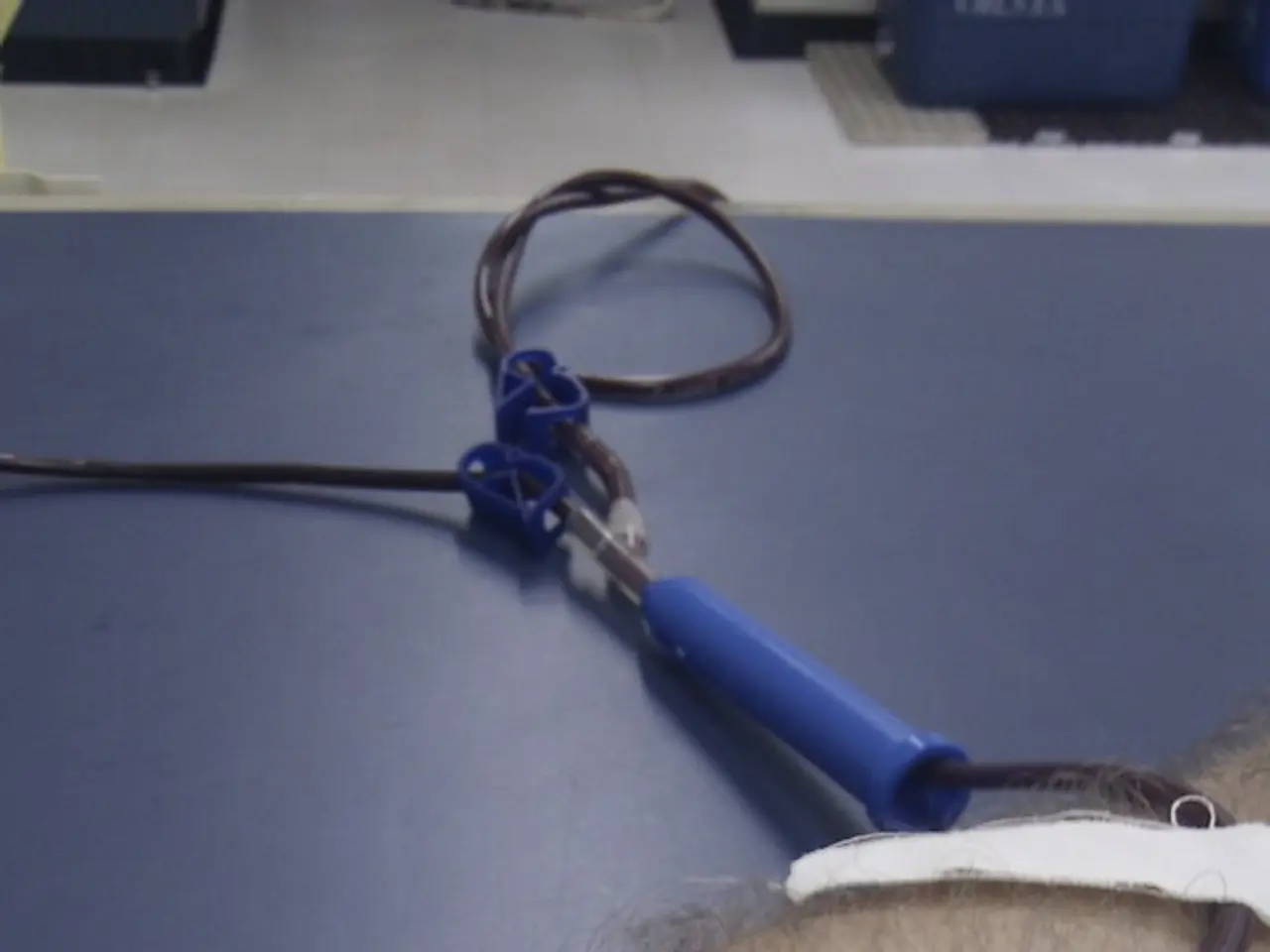Varicocele Treatment, Surgical Procedures, and Signs: Exploring the Management and Manifestations of Varicocele Conditions
Varicoceles, enlarged veins similar to varicose veins in the legs, are a common health issue affecting around 15% of males, particularly those between the ages of 15 and 25 years. These veins, found in the spermatic cord, are part of the pampiniform plexus, a network responsible for cooling the arterial blood before it reaches the sperm.
While varicoceles can often go unnoticed, they tend to affect one side, usually the left, and may only be detected through imaging tests, known as subclinical varicoceles. In some cases, they can cause discomfort or pain, which can be managed with pain relievers and supportive measures like wearing a scrotal support.
If varicoceles cause symptoms or contribute to fertility issues, treatment may be necessary. Common treatments include both conservative management and various surgical options, chosen based on symptoms and severity.
In cases where no treatment is required, a watchful waiting approach is adopted, with regular monitoring to check for any changes. For those experiencing pain or discomfort, pain relievers and supportive measures can provide relief.
For more invasive treatment, minimally invasive procedures like percutaneous embolization and sclerotherapy are available. These procedures involve blocking the problematic veins through a catheter, avoiding lymphatic channels and reducing certain risks.
Surgical options include laparoscopic surgery, open surgery, and percutaneous embolization. Laparoscopic surgery is often preferred for bilateral varicoceles and is considered a treatment of choice in such cases. Open surgery, where the affected veins are tied off, remains a common and effective treatment option.
Surgery is generally advised if a varicocele causes pain or discomfort that affects quality of life, contributes to infertility or testicular atrophy, or if the varicocele is large or symptomatic, or causing abnormal semen parameters. In bilateral cases, laparoscopic surgery may be favored.
It's important to note that varicoceles can impact male fertility, potentially leading to testicular atrophy, or shrinkage. They can also contribute to infertility, which is the most serious complication that can occur due to varicoceles. Even if only one side contains a varicocele, it can impact sperm production on both sides.
An ultrasound test can help rule out other possible causes of the varicocele, such as a tumor on or near the spermatic vein. Between 35 and 44 percent of men with primary infertility have varicoceles.
Research has shown that varicoceles can lead to poorer semen quality, with 15.7 percent of healthy young men having varicoceles. Varicoceles can also result in a change in hormones, with higher levels of luteinizing hormone (LH) and normal-to-subnormal levels of testosterone.
In summary, varicocele treatment ranges from watchful waiting to pain management to surgery or embolization. Surgery is mainly recommended for symptomatic cases, infertility issues, or testicular damage risk. It's always best to consult with a healthcare professional to determine the most suitable treatment plan.
- Varicoceles, similar to varicose veins in the legs, are a common medical condition affecting around 15% of males, particularly those between 15 and 25 years old.
- These veins, found in the spermatic cord, can cause discomfort or pain, and may only be detected through imaging tests like subclinical varicoceles.
- Treatment for varicoceles may be necessary if they cause symptoms or contribute to fertility issues, with options ranging from conservative management to minimally invasive procedures like percutaneous embolization and sclerotherapy.
- Surgical options include laparoscopic surgery, open surgery, and percutaneous embolization, with laparoscopic surgery often preferred for bilateral varicoceles.
- Varicoceles can impact male fertility, potentially leading to testicular atrophy or shrinkage, contributing to infertility, which is the most serious complication that can occur due to varicoceles, even if only one side contains a varicocele.
- An ultrasound test can help rule out other possible causes of the varicocele, such as a tumor on or near the spermatic vein.
- Research shows that varicoceles can lead to poorer semen quality, with higher levels of luteinizing hormone (LH) and normal-to-subnormal levels of testosterone.
- It's always best to consult with a healthcare professional to determine the most suitable treatment plan for health and wellness, including fitness and exercise, mental health, and nutrition, and to manage chronic diseases like varicose veins and varicoceles, as well as skin care.




